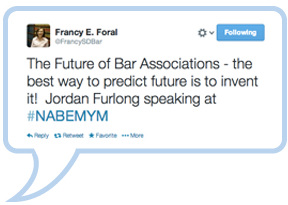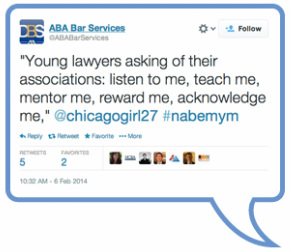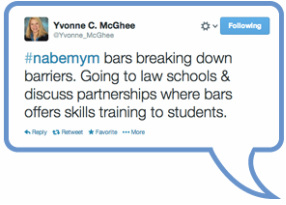By Christine Oh
Too often organizations treat the pricing of their online education programs as an afterthought. And yet, experts say that it is one of the driving factors that impacts sales, and should be determined as early as possible. If your organization is in the planning, launch or even post-launch stage of an online education program, here are some actions that will help you fine-tune your pricing to reach your ideal learners:
DO YOUR RESEARCH: Determining pricing should not be an independent exercise. Collect research on other factors like the cost of comparable in-person courses, the value of the content (i.e. do participants receive credit or certification for the course), the average prices in the industry for similar content, and the prices of your competitors. You might also have to experiment with discount codes and other promotions to find a sweet spot.
DO YOUR RESEARCH: Determining pricing should not be an independent exercise. Collect research on other factors like the cost of comparable in-person courses, the value of the content (i.e. do participants receive credit or certification for the course), the average prices in the industry for similar content, and the prices of your competitors. You might also have to experiment with discount codes and other promotions to find a sweet spot.
| TOO HIGH? TOO LOW? Common sense tells us that high prices deter learners from purchasing your courses because they cannot or will not pay. But don't fall into the trap of thinking that lower prices will automatically mean more sales. If your learners perceive your prices to be too low, they may assume your content is low quality, outdated or irrelevant. Not only that, you lose the opportunity to have higher profit margins on your content. | "Don't fall into the trap of thinking that lower prices will automatically mean more sales." |
WALK IN YOUR LEARNER'S SHOES: Consider how a learner’s willingness to pay will be impacted by factors like level of education, income, geographical location and age. For example, disposable income generally rises with age, and therefore your prices should be lower to attract a younger generation and higher for a more mature group of learners. Which demographic you want to attract will depend on the type of content and your organization’s unique goals and objectives.












